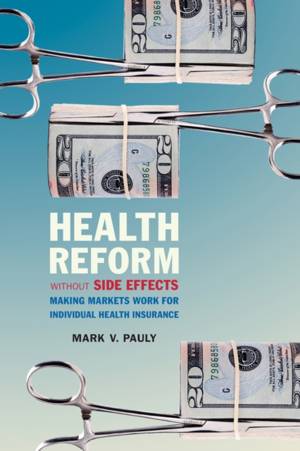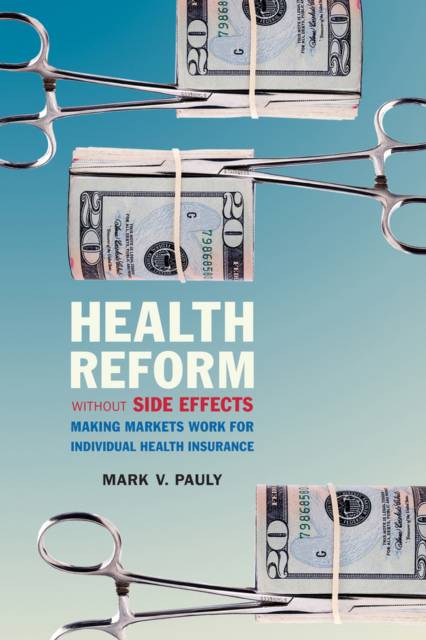
- Retrait gratuit dans votre magasin Club
- 7.000.000 titres dans notre catalogue
- Payer en toute sécurité
- Toujours un magasin près de chez vous
- Retrait gratuit dans votre magasin Club
- 7.000.0000 titres dans notre catalogue
- Payer en toute sécurité
- Toujours un magasin près de chez vous
Description
Health reform designs from the current administration and from Congress propose some dramatic and far-reaching changes and alternatives to the current system. Are these new models the best, or are there other alternatives better matched to actual needs and with fewer adverse side effects? Can the current individual market serve as a foundation for reform, or must it be swept away in a root-and-branch change and replaced with something entirely new?
In Health Reform without Side Effects, Mark V. Pauly offers a detailed look at the individual insurance market in the United States. He explains how it works, suggests approaches to improvement that build on what currently works well, and provides a realistic assessment of how much improvement we can demand and expect. Pauly concludes that, although there are some serious deficiencies in today's individual insurance market, the current criticisms are overly harsh, often based on anecdote and speculation rather than fact, and ignorant of some important positive advantages in this market that should be preserved. He suggests some approaches to change that take into account the current strengths of the individual market and that can yield much higher net benefits with much greater confidence.
Spécifications
Parties prenantes
- Auteur(s) :
- Editeur:
Contenu
- Nombre de pages :
- 112
- Langue:
- Anglais
- Collection :
Caractéristiques
- EAN:
- 9780817910440
- Date de parution :
- 02-05-10
- Format:
- Livre relié
- Format numérique:
- Genaaid
- Dimensions :
- 142 mm x 218 mm
- Poids :
- 294 g

Les avis
Nous publions uniquement les avis qui respectent les conditions requises. Consultez nos conditions pour les avis.






